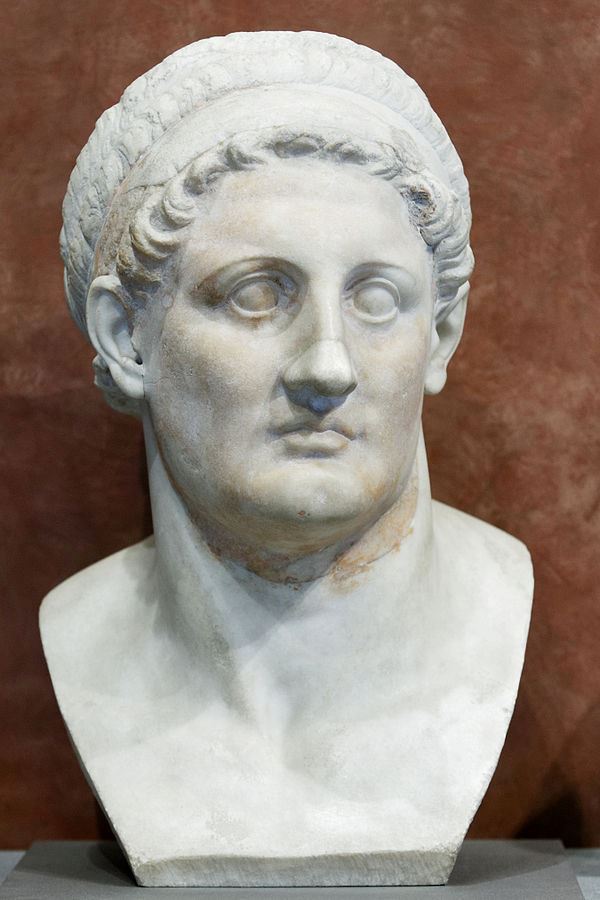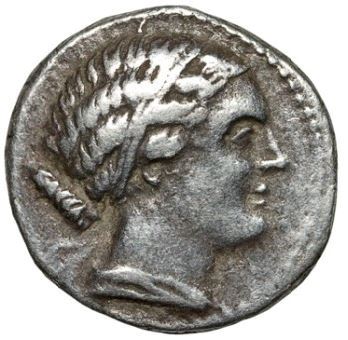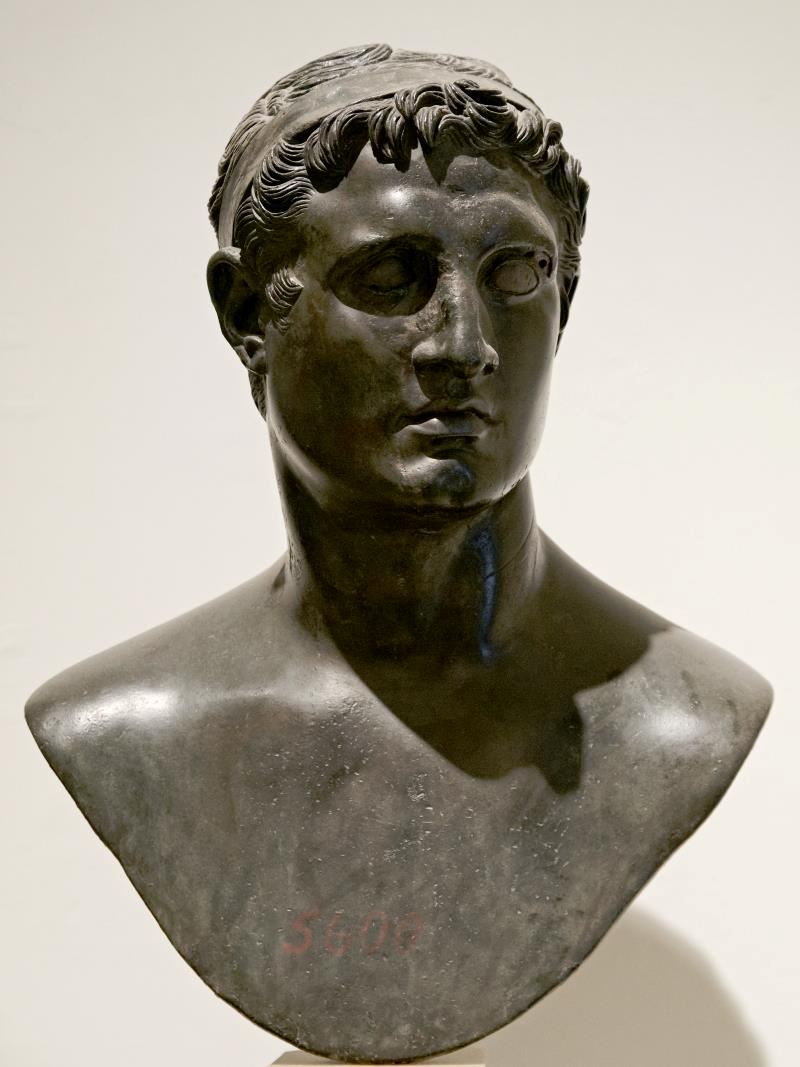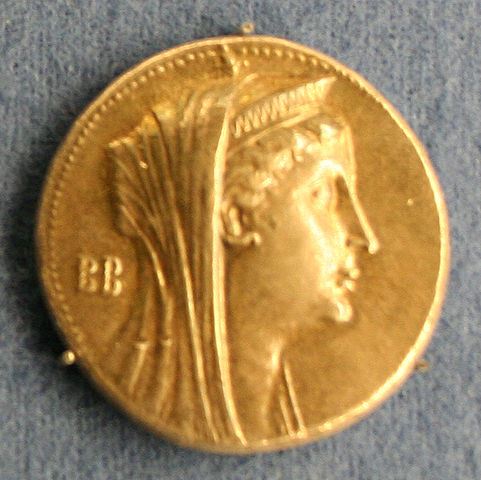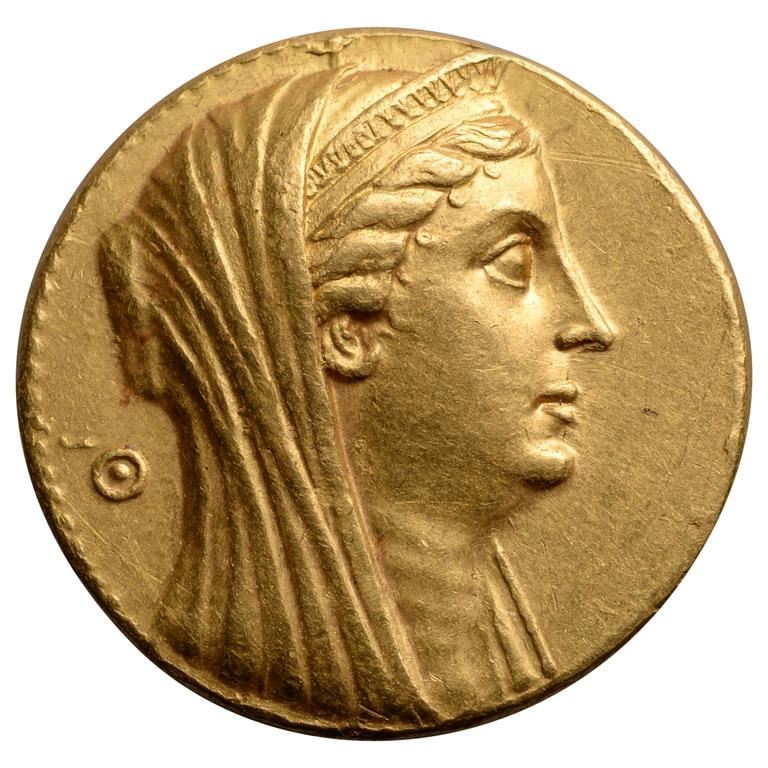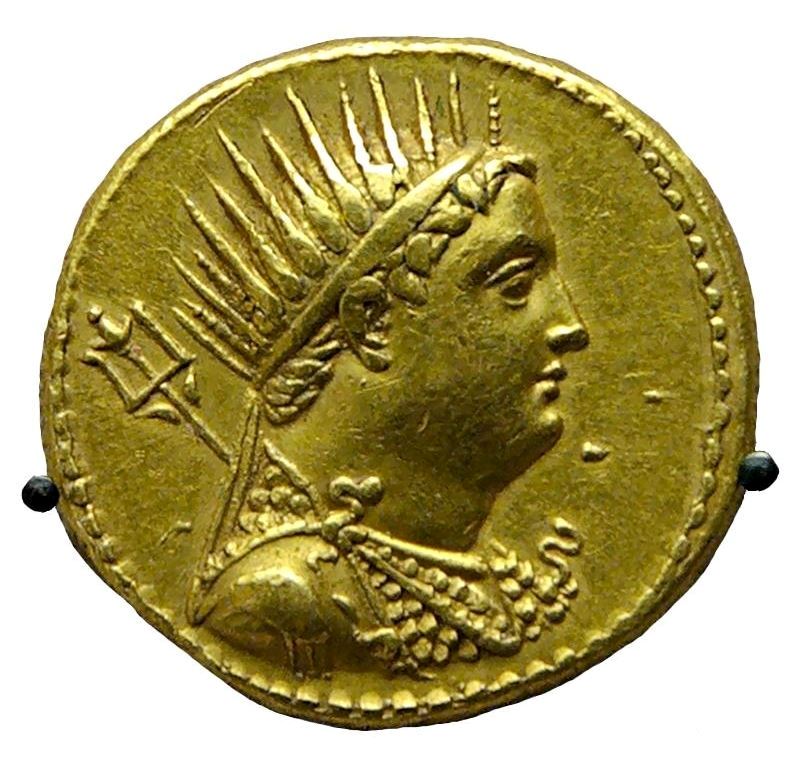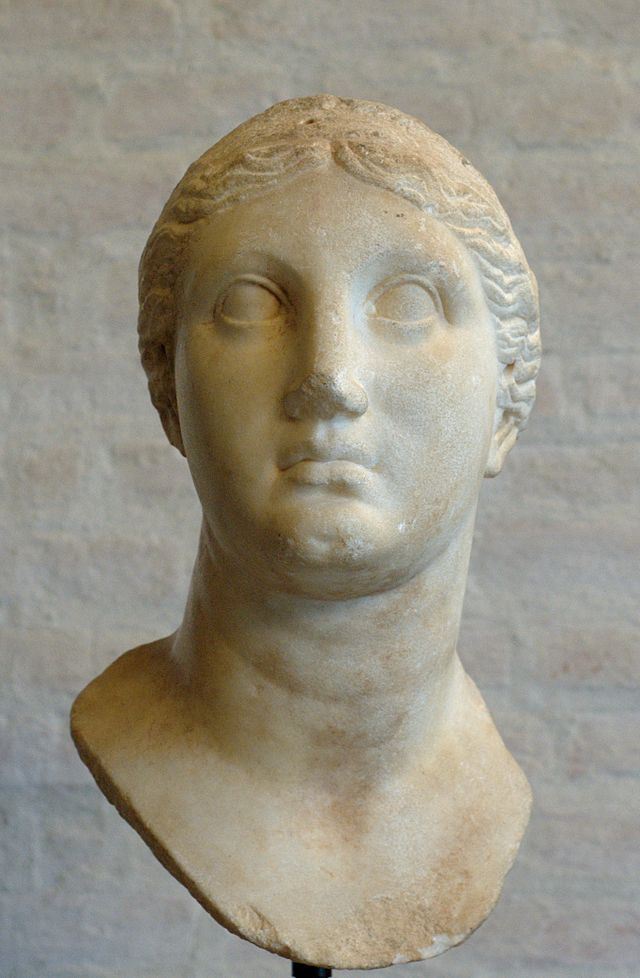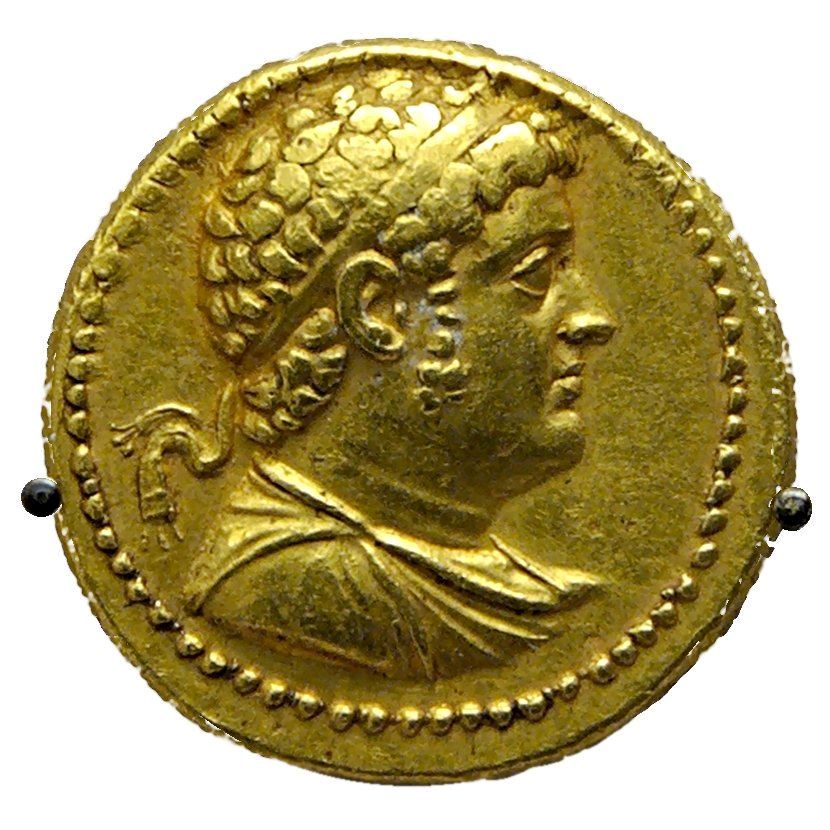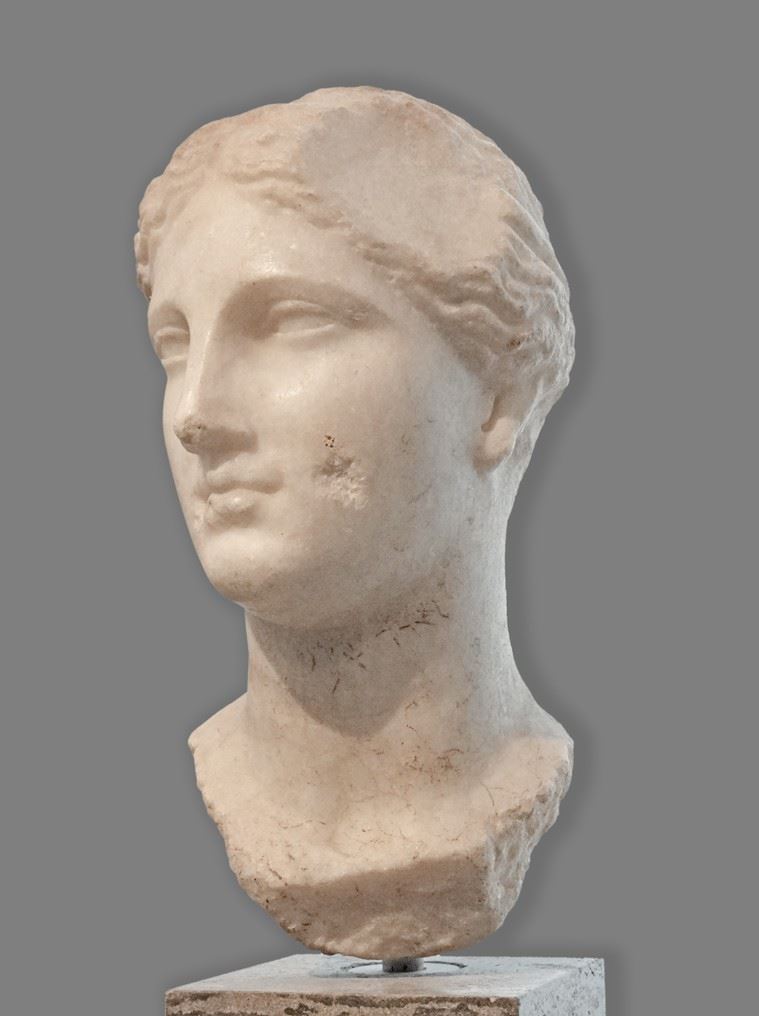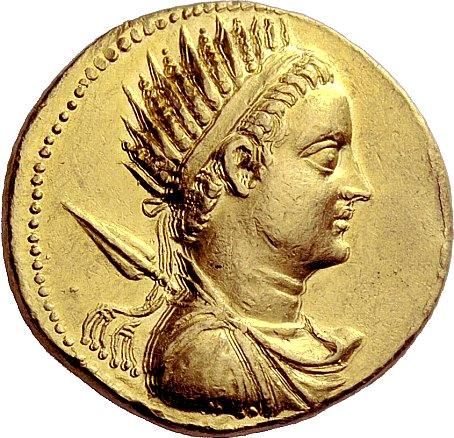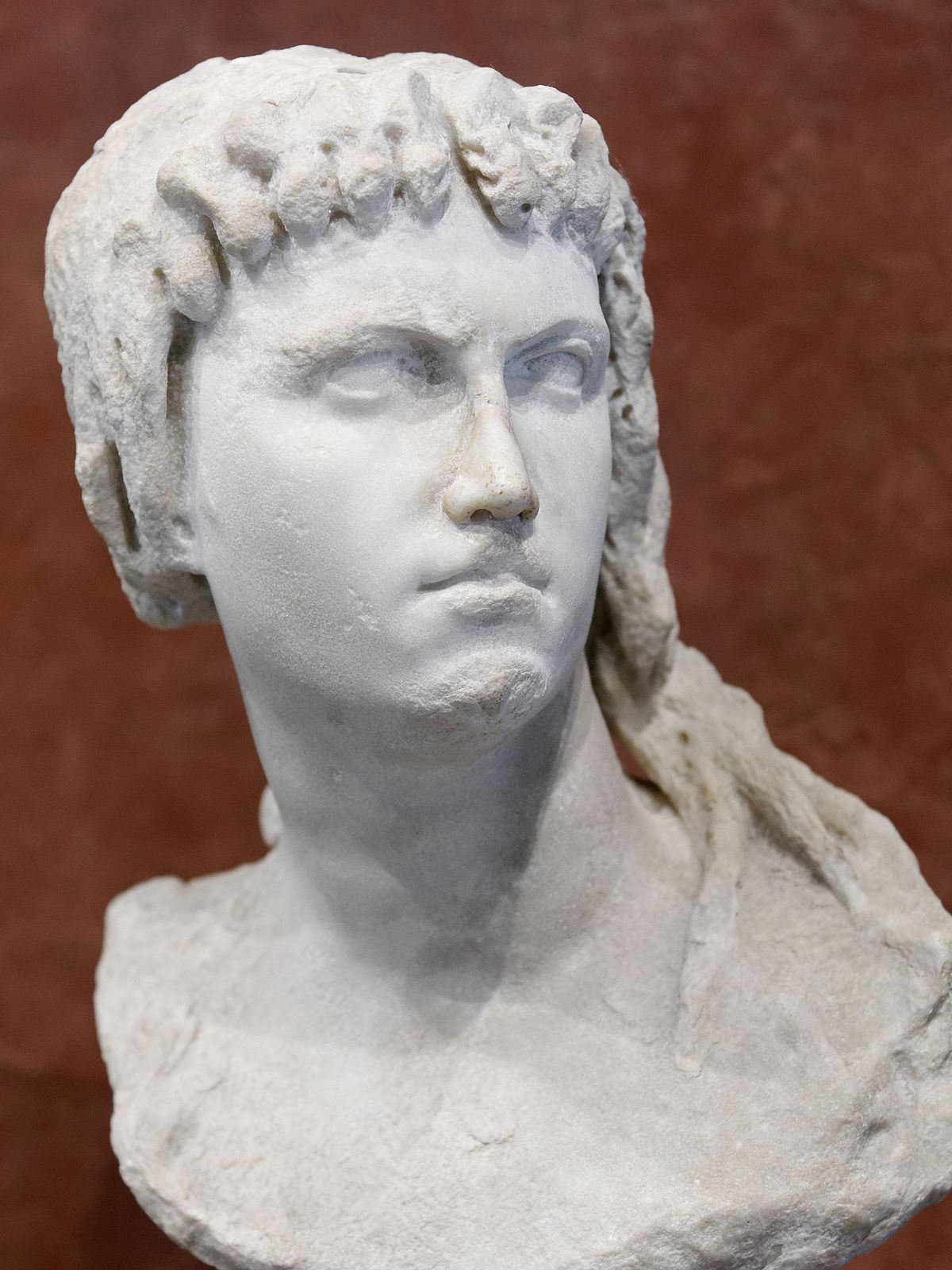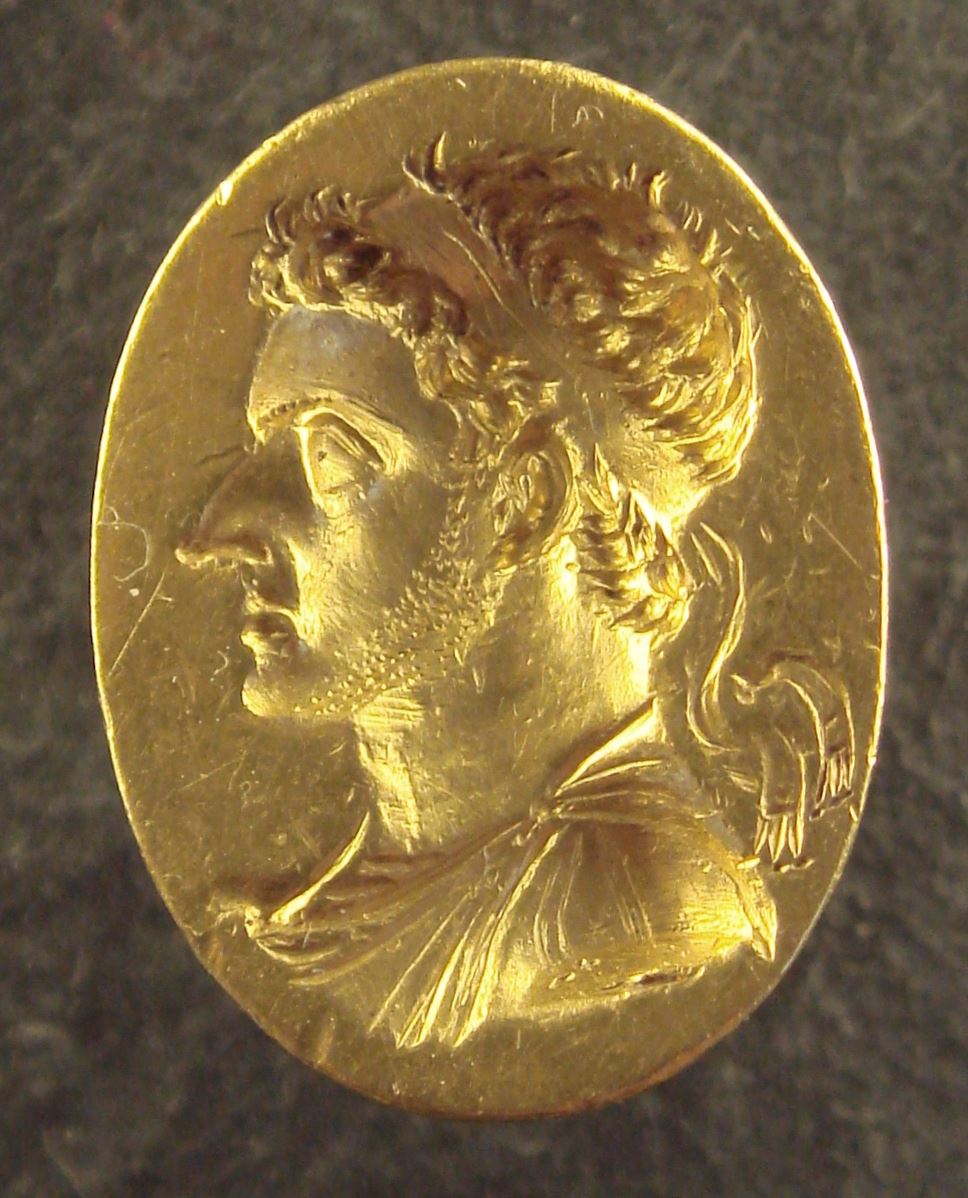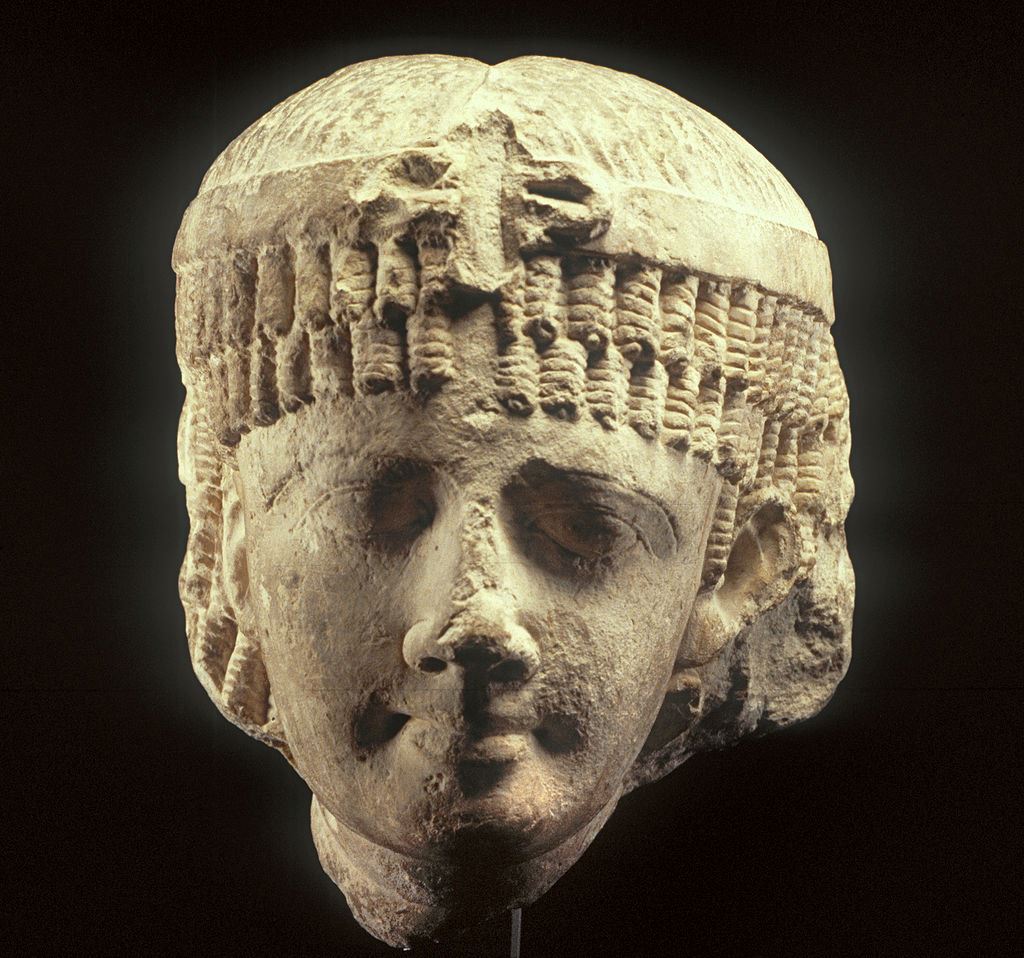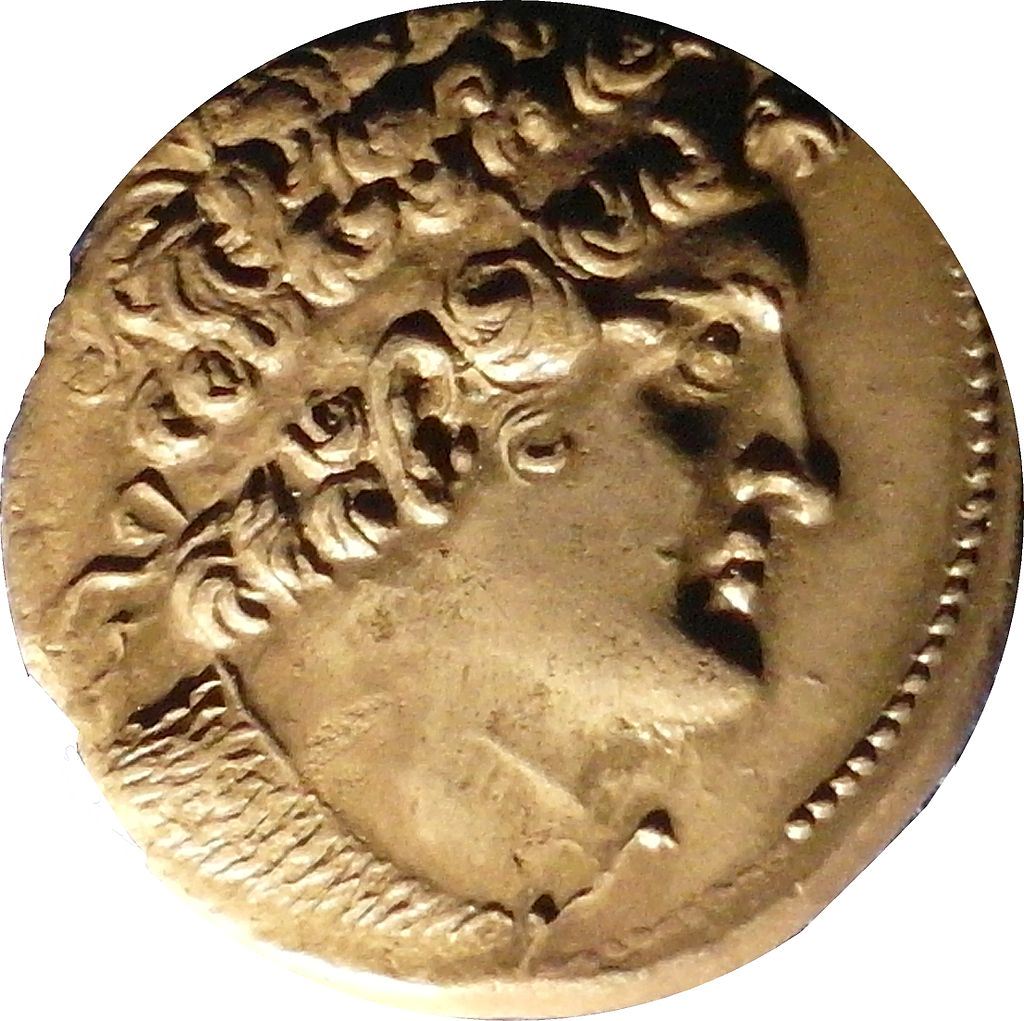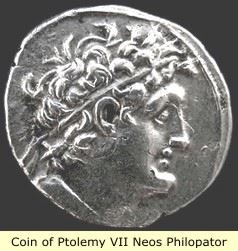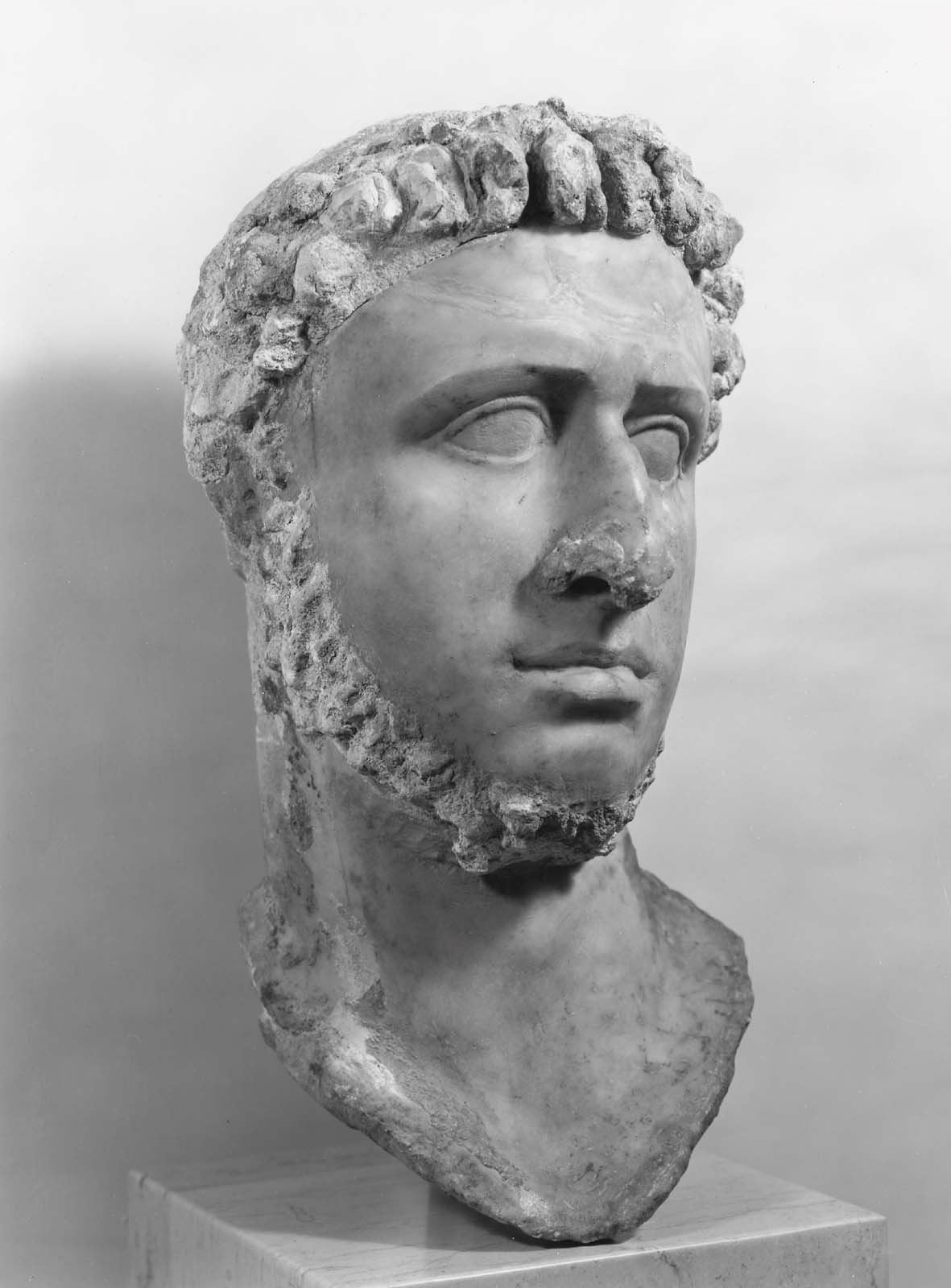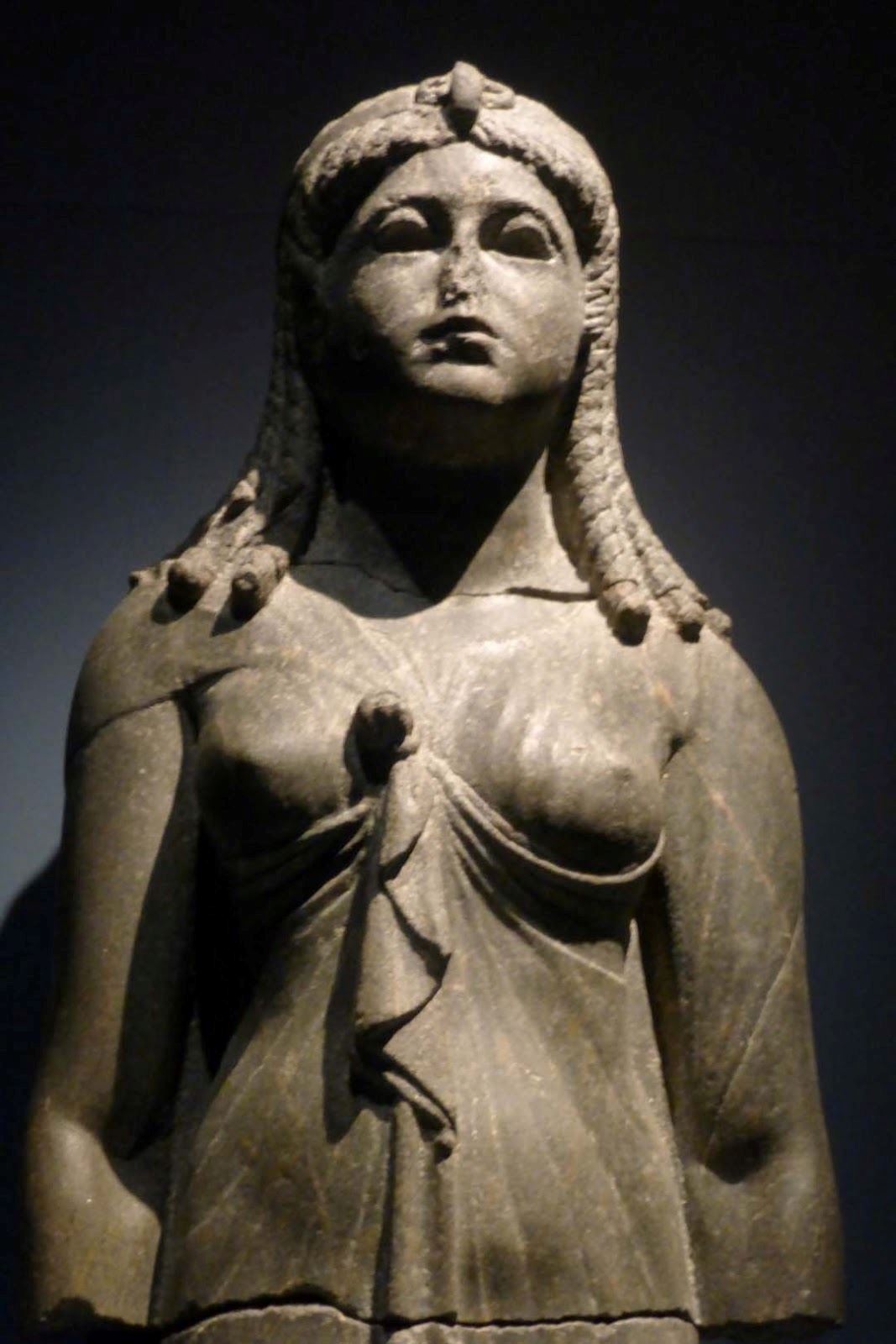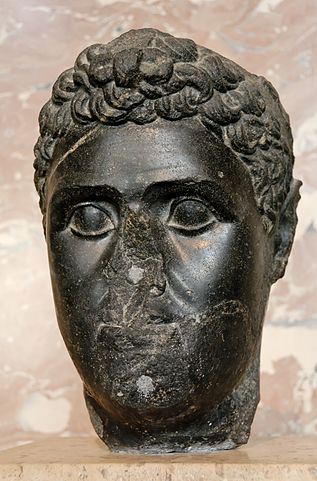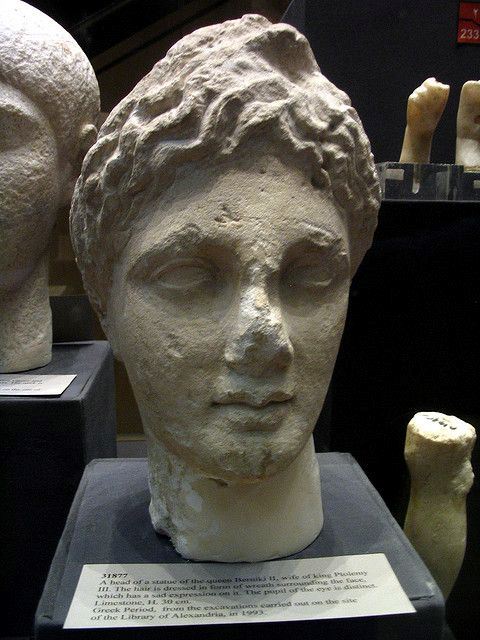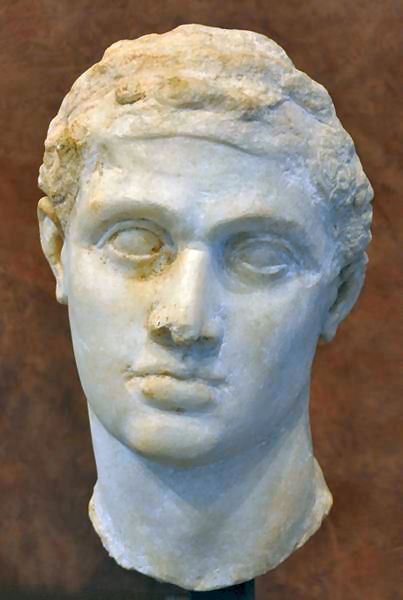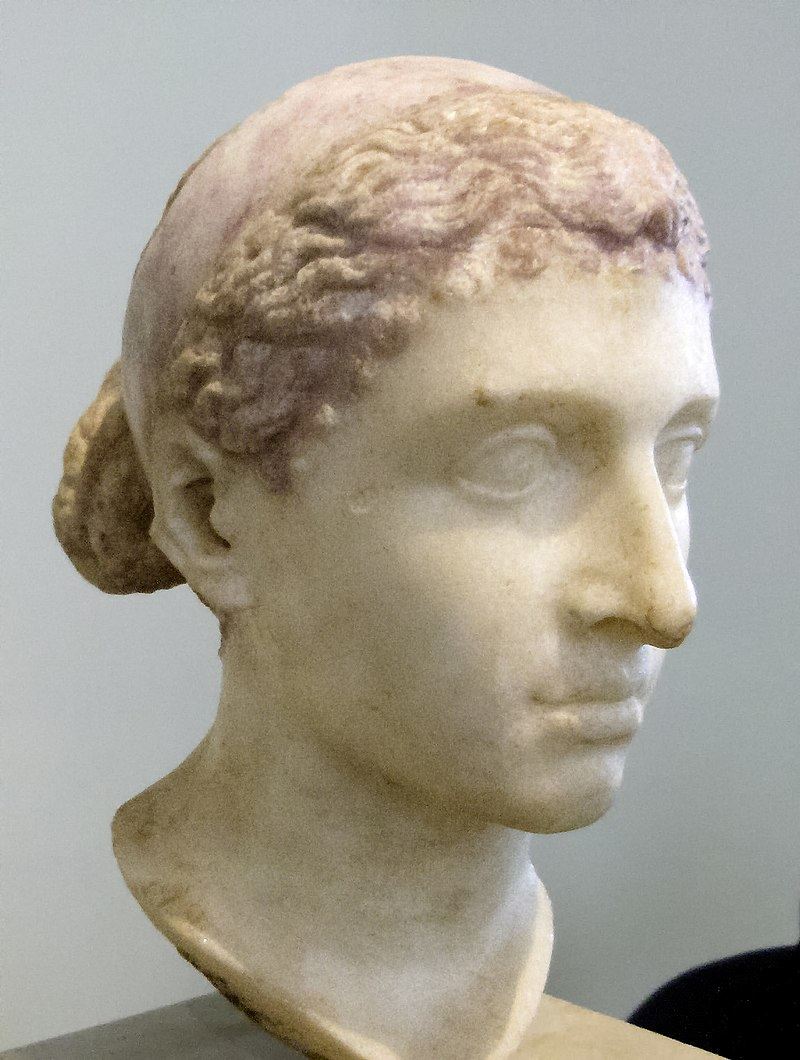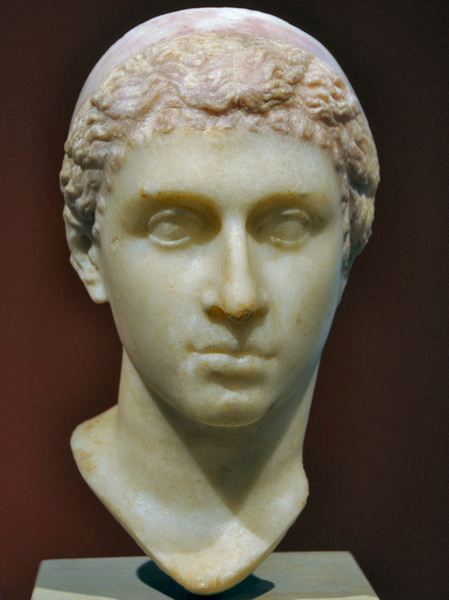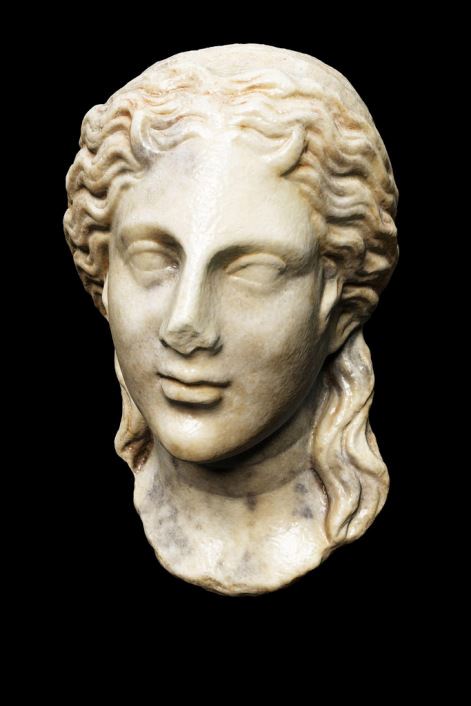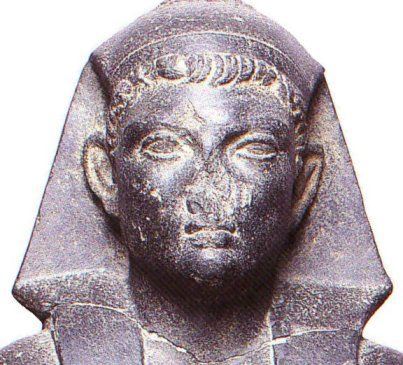The Ptolemaic Kingdom was a Hellenistic kingdom based in Egypt. It was ruled by the Ptolemaic dynasty which started with Ptolemy I Soter's accession after the death of Alexander the Great in 323 BC and which ended with the death of Cleopatra VII and the Roman conquest in 30 BC.
To gain recognition by the native Egyptian populace, they named themselves the successors to the Pharaohs. The later Ptolemies took on Egyptian traditions by marrying their siblings, had themselves portrayed on public monuments in Egyptian style and dress, and participated in Egyptian religious life.
The Ptolemies had to fight native rebellions and were involved in foreign and civil wars that led to the decline of the kingdom and its final annexation by Rome.
Hellenistic culture continued to thrive in Egypt throughout the Roman and Byzantine periods until the Muslim conquest.
To gain recognition by the native Egyptian populace, they named themselves the successors to the Pharaohs. The later Ptolemies took on Egyptian traditions by marrying their siblings, had themselves portrayed on public monuments in Egyptian style and dress, and participated in Egyptian religious life.
The Ptolemies had to fight native rebellions and were involved in foreign and civil wars that led to the decline of the kingdom and its final annexation by Rome.
Hellenistic culture continued to thrive in Egypt throughout the Roman and Byzantine periods until the Muslim conquest.
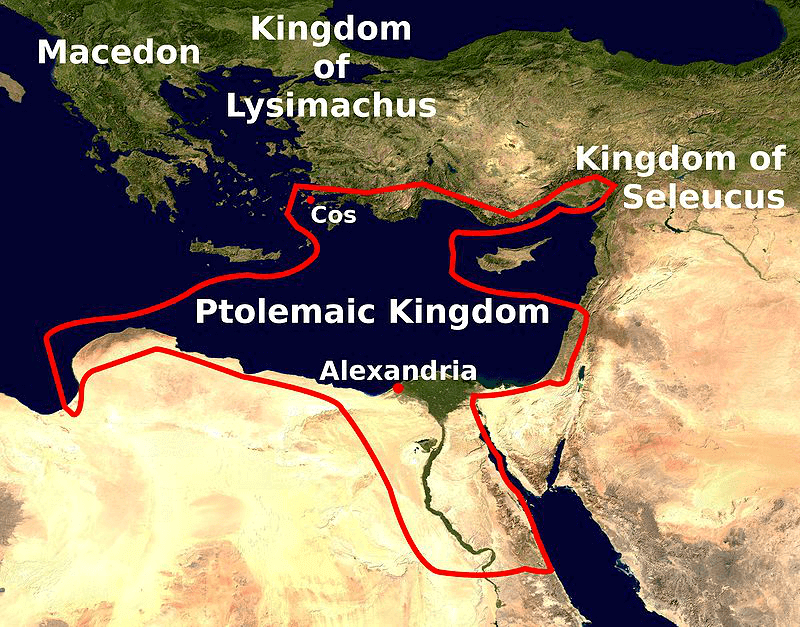
Ptolemaios I - also known as Ptolemy of Lagus - was a Macedonian Greek general under Alexander the Great, one of the three Diadochi who succeeded to his empire.
Ptolemy became ruler of Egypt and founded a dynasty which ruled it for the next three centuries, turning Egypt into a Hellenistic kingdom and Alexandria into a center of Greek culture.
He assimilated some aspects of ...
Ptolemy became ruler of Egypt and founded a dynasty which ruled it for the next three centuries, turning Egypt into a Hellenistic kingdom and Alexandria into a center of Greek culture.
He assimilated some aspects of ...
Berenike I was Queen of Egypt by marriage to Ptolemy I Soter. She became the second second queen, after Eurydice, of the Ptolemaic dynasty of Egypt.
Berenice was originally from Eordeaea, and the daughter of princess Antigone of Macedon. Her maternal grandfather was a nobleman called Cassander who was the brother of Antipater, the regent for Alexander's empire.
After the deat...
Berenice was originally from Eordeaea, and the daughter of princess Antigone of Macedon. Her maternal grandfather was a nobleman called Cassander who was the brother of Antipater, the regent for Alexander's empire.
After the deat...
Ptolemaios II was the king of Ptolemaic Egypt from 283 to 246 BC. He was the son of the founder of the Ptolemaic kingdom Ptolemaios I Soter and Berenice, and was educated by Philitas of Cos. He had two half-brothers, Ptolemaios Keraunos and Meleager, who both became kings of Macedonia (in 281 BCE and 279 BCE respectively), and who both died in the Gallic invasion of 280–279 BCE. Ptolemaios was fir...
Arsinoe I was Queen of Egypt by marriage to Ptolemy II Philadelphus. She was the second daughter and youngest child born to King Lysimachus and Nicaea of Macedon.
She bore Ptolemy II three children; Ptolemy III, Lysimachus of Egypt and a daughter called Berenice. At an unknown date after 279, a sister of Ptolemy II called Arsinoe II arrived in Egypt. She was the last wife of Lysimachus ...
She bore Ptolemy II three children; Ptolemy III, Lysimachus of Egypt and a daughter called Berenice. At an unknown date after 279, a sister of Ptolemy II called Arsinoe II arrived in Egypt. She was the last wife of Lysimachus ...
Arsinoe II was a Ptolemaic Queen and co-regent of Ancient Egypt. She was Queen of Thrace, Asia Minor and Macedonia by marriage to King Lysimachus, and queen and co-ruler of Egypt with her brother-husband Ptolemy II Philadelphus.
In Egypt, she is believed to have instigated the accusation and exile of her brother Ptolemy II's first wife, Arsinoë I. Arsinoë II then married her brother. As...
In Egypt, she is believed to have instigated the accusation and exile of her brother Ptolemy II's first wife, Arsinoë I. Arsinoë II then married her brother. As...
Ptolemaios III was the third king of the Ptolemaic dynasty in Egypt.
He was the eldest son of Ptolemy II Philadelphus and his first wife, Arsinoe I, and came to power in 246 BC upon the death of his father. He married Berenice of Cyrene in the year corresponding to 244/243 BC.
He was responsible for the first known example of a series of decrees published as bilingual inscrip...
He was the eldest son of Ptolemy II Philadelphus and his first wife, Arsinoe I, and came to power in 246 BC upon the death of his father. He married Berenice of Cyrene in the year corresponding to 244/243 BC.
He was responsible for the first known example of a series of decrees published as bilingual inscrip...
Berenike II was a ruling queen of Cyrene by birth, and a queen and co-regent of Egypt by marriage to her cousin Ptolemy III Euergetes, the third ruler of the Ptolemaic dynasty of Egypt.
In approximately 249 BC, her father died, making Berenice ruling queen of Cyrene. Soon after her father died, Berenice was married to Demetrius the Fair, a Macedonian prince.
After Demetrius c...
In approximately 249 BC, her father died, making Berenice ruling queen of Cyrene. Soon after her father died, Berenice was married to Demetrius the Fair, a Macedonian prince.
After Demetrius c...
Ptolemaois IV - son of Ptolemy III and Berenice II - was the fourth Pharaoh of Ptolemaic Egypt.
Ptolemy IV's reign was inaugurated by the murder of his mother,[2] and he was always under the dominion of favourites, male and female, who indulged his vices and conducted the government as they pleased.
He was devoted to orgiastic forms of religion and literary dilettantism. He ...
Ptolemy IV's reign was inaugurated by the murder of his mother,[2] and he was always under the dominion of favourites, male and female, who indulged his vices and conducted the government as they pleased.
He was devoted to orgiastic forms of religion and literary dilettantism. He ...
Arsinoe III was Queen of Egypt in 220 – 204 BC. She was a daughter of Ptolemy III and Berenice II. She was the first Ptolemaic queen to bear a child by her brother. Arsinoe and her spouse were loved and well respected by the Egyptian public.
Arsinoe took active part in the government of the country, at least in the measure that it was tolerated by the all-powerful minister Sosibius.
Arsinoe took active part in the government of the country, at least in the measure that it was tolerated by the all-powerful minister Sosibius.
Ptolemaios V was the fifth ruler of the Ptolemaic dynasty. He inherited the throne at the age of five, and under a series of regents, the kingdom was paralyzed. The Rosetta Stone was produced during his reign as an adult.
Ptolemy V came of age in approximately 196 or 197 BC with a ceremony known as an anacleteria, which was described in Polybius' Histories. Polybius writes that Ptolemy'...
Ptolemy V came of age in approximately 196 or 197 BC with a ceremony known as an anacleteria, which was described in Polybius' Histories. Polybius writes that Ptolemy'...
Cleopatra I was a princess of the Seleucid Empire, Queen of Ptolemaic Egypt by marriage to Ptolemy V of Egypt, and regent of Egypt during the minority of her son Ptolemy VI from 180 BC until 176 BC.
Upon her husband's death in 180 BC, she ruled on behalf of her young son, Ptolemy VI. She was the first Ptolemaic queen to be a sole ruler of Egypt. This can be concluded from date formulas ...
Upon her husband's death in 180 BC, she ruled on behalf of her young son, Ptolemy VI. She was the first Ptolemaic queen to be a sole ruler of Egypt. This can be concluded from date formulas ...
Ptolemaios VI 'Philometer' was king of Ptolemaic Egypt from 180 to 145 BC.
He ascended to the throne in 180 BC at the age of about 6, and ruled jointly with his mother, Cleopatra I, until her death in 176 BC, which is what 'Philometor' implies; "he who loves his mother".
In 173 BC he married his sister, Cleopatra II. He had at least four children with her: Ptolemy Eupator, Pt...
He ascended to the throne in 180 BC at the age of about 6, and ruled jointly with his mother, Cleopatra I, until her death in 176 BC, which is what 'Philometor' implies; "he who loves his mother".
In 173 BC he married his sister, Cleopatra II. He had at least four children with her: Ptolemy Eupator, Pt...
Cleopatra II was a queen and co-ruler of Ptolemaic Egypt with her brother-husbands and her daughter between 175 BC until 116 BC, and sole ruler from 131 until 127 BC.
She was married to both of her brothers - Ptolemy VI and Ptolemy VIII - at various times, and in fact the whole period was one big incest-fueled carnage of marriages to step-daughter and murders on own children and step ch...
She was married to both of her brothers - Ptolemy VI and Ptolemy VIII - at various times, and in fact the whole period was one big incest-fueled carnage of marriages to step-daughter and murders on own children and step ch...
Ptolemaios VIII 'Physcon' was king of Ptolemaic Egypt no less than three times; from 69-164 BC with siblings Ptolemy VI & Cleopatra II, from 144-131 BC with sister-wife Cleopatra II and niece / step-daughter-wife Cleopatra III, and finally from 126-116 BC with sister-wife Cleopatra II and niece-wife Cleopatra III.
While his official epithet was Euergetes, he was popularly known as "Phys...
While his official epithet was Euergetes, he was popularly known as "Phys...
Ptolemaios VII was an Egyptian king of the Ptolemaic period. His reign is controversial, and it is possible that he did not reign at all, but was only granted royal dignity posthumously.
His identity is unclear. According to one reconstruction, he was the son of Ptolemy VI Philometor and Cleopatra II of Egypt, he reigned briefly with his father in 145 BC, and for a short time after that...
His identity is unclear. According to one reconstruction, he was the son of Ptolemy VI Philometor and Cleopatra II of Egypt, he reigned briefly with his father in 145 BC, and for a short time after that...
Ptolemy IX was king of Egypt three times, from 116 BC to 110 BC, 109 BC to 107 BC and 88 BC to 81 BC, with intervening periods ruled by his brother, Ptolemy X Alexander I.
Ptolemy IX was chosen by his mother Cleopatra III to be her co-regent. He married his sister Cleopatra IV, but his mother pushed her out and replaced her with his younger sister Cleopatra Selene. Later, she claimed th...
Ptolemy IX was chosen by his mother Cleopatra III to be her co-regent. He married his sister Cleopatra IV, but his mother pushed her out and replaced her with his younger sister Cleopatra Selene. Later, she claimed th...
Cleopatra III was a queen of Egypt 142–101 BC. She was also known as Cleopatra Euergetis while associated with her husband Ptolemy VIII or her son Ptolemy X.
Cleopatra III’s uncle Ptolemy VIII of Egypt ruled together with her parents from ca 170 to 164 BC at which point he expelled Cleopatra II and Ptolemy VI of Egypt. But he was soon forced to abdicate. After the death of her father Pt...
Cleopatra III’s uncle Ptolemy VIII of Egypt ruled together with her parents from ca 170 to 164 BC at which point he expelled Cleopatra II and Ptolemy VI of Egypt. But he was soon forced to abdicate. After the death of her father Pt...
Ptolemy X was King of Egypt from 110 BC to 109 BC and 107 BC till 88 BC. He was the son of Ptolemy VIII Physcon and Cleopatra III. In 110 BC he became King with his mother as co-regent, after his mother had deposed his brother Ptolemy IX Lathyros. However, in 109 BC he was deposed by Ptolemy IX. In 107 BC he became King again, and again with his mother as co-regent.
In 101 BC he had hi...
In 101 BC he had hi...
Berenike III ruled as queen of Egypt from 81 to 80 BC, and possibly from 101 to 88 BC jointly with her uncle/husband Ptolemy X Alexander I.
She was born in 120 BC, the daughter of Ptolemy IX Lathyros and Cleopatra Selene. She married Ptolemy X Alexander I in 101 BC, after he took the throne from Lathyros and had his mother (and her grandmother) Cleopatra III killed.
When Lath...
She was born in 120 BC, the daughter of Ptolemy IX Lathyros and Cleopatra Selene. She married Ptolemy X Alexander I in 101 BC, after he took the throne from Lathyros and had his mother (and her grandmother) Cleopatra III killed.
When Lath...
Ptolemy XI was a member of the Ptolemaic dynasty who ruled Egypt for a few days in 80 BC.
His uncle Ptolemy IX Lathryos died in 81 BC or 80 BC, leaving only his sole legitimate daughter as his heir, and so Cleopatra Berenice (= Berenice III) ruled alone for a time. However, Rome's Sulla wanted a pro-Roman ruler on the throne, and sent the young son of Ptolemy X to Egypt, displaying Ptol...
His uncle Ptolemy IX Lathryos died in 81 BC or 80 BC, leaving only his sole legitimate daughter as his heir, and so Cleopatra Berenice (= Berenice III) ruled alone for a time. However, Rome's Sulla wanted a pro-Roman ruler on the throne, and sent the young son of Ptolemy X to Egypt, displaying Ptol...
Ptolemy XII Auletes was an Egyptian king of Macedonian descent. Auletes means pipes-player, referring to the king's love of playing the pipes. Ptolemy XII was also known as Neos Dionysos Theos Philopator Theos Philadelphos, which roughly means 'New Dionysus, God Beloved of his Father, God Beloved of his Brother'.
He reigned during the late Hellenistic period preceding the Roman conques...
He reigned during the late Hellenistic period preceding the Roman conques...
Cleopatra V was a Ptolemaic Queen of Egypt. She is the only surely attested wife of Ptolemy XII.
Cleopatra may have been an illegitimate daughter of Ptolemy IX but more likely the daughter of Ptolemy X Alexander.
t is unclear how long Cleopatra V lived. References to her in the sources vanish around the time Cleopatra VII was born (69 BC): her name begins to disappear from mo...
Cleopatra may have been an illegitimate daughter of Ptolemy IX but more likely the daughter of Ptolemy X Alexander.
t is unclear how long Cleopatra V lived. References to her in the sources vanish around the time Cleopatra VII was born (69 BC): her name begins to disappear from mo...
Cleopatra VII Philopator was the last active ruler of the Ptolemaic Kingdom of Egypt, briefly survived as pharaoh by her son Caesarion, the son of Julius Caesar.
She originally ruled jointly with her father Ptolemy XII, and later with her brothers Ptolemy XIII and Ptolemy XIV.
As sole ruler, she had an affair with Julius Caesar which strengthened her grip on the throne. Afte...
She originally ruled jointly with her father Ptolemy XII, and later with her brothers Ptolemy XIII and Ptolemy XIV.
As sole ruler, she had an affair with Julius Caesar which strengthened her grip on the throne. Afte...
Ptolemy XIII was one of the last members of the Ptolemaic dynasty. He succeeded his father in the spring of 51 BC as co-ruler of Egypt by his marriage to his older sister Cleopatra VII.
In the spring of 48 BC, Ptolemy XIII and his regent Pothinus attempted to depose Cleopatra VII due to her increasing status as Queen. Her face appeared on minted coins, for example, while Ptolemy XIII's ...
In the spring of 48 BC, Ptolemy XIII and his regent Pothinus attempted to depose Cleopatra VII due to her increasing status as Queen. Her face appeared on minted coins, for example, while Ptolemy XIII's ...
Arsinoe IV was the fourth of six children and the youngest daughter of Ptolemy XII Auletes, and queen and co-ruler of Egypt with Ptolemy XIII from 48 BC – 47 BC, making her one of the last members of the Ptolemaic dynasty of ancient Egypt. Arsinoë IV was the half-sister of Cleopatra VII and also a sibling of Ptolemy XIII.
Following the turmoil created by the civil war of her brother Pto...
Following the turmoil created by the civil war of her brother Pto...
Ptolemy XIV was a son of Ptolemy XII of Egypt and one of the last members of the Ptolemaic dynasty of Egypt.
Following the death of his older brother Ptolemy XIII in 47 BC, he was proclaimed Pharaoh and co-ruler by their older sister and remaining Pharaoh, Cleopatra VII of Egypt.
He and Cleopatra were married, but Cleopatra continued to act as lover of Roman dictator Julius ...
Following the death of his older brother Ptolemy XIII in 47 BC, he was proclaimed Pharaoh and co-ruler by their older sister and remaining Pharaoh, Cleopatra VII of Egypt.
He and Cleopatra were married, but Cleopatra continued to act as lover of Roman dictator Julius ...
Ptolemy XV, better known by the nicknames Caesarion (Little Caesar), was the last Pharaoh of Egypt. He was the final member of the Ptolemaic dynasty of Egypt, who reigned jointly with his mother Cleopatra VII of Egypt, from September 2, 44 BC.
He held the position of sole ruler between the death of Cleopatra, on August 12, 30 BC, up to August 23, 30 BC, the time his death was ordered b...
He held the position of sole ruler between the death of Cleopatra, on August 12, 30 BC, up to August 23, 30 BC, the time his death was ordered b...

